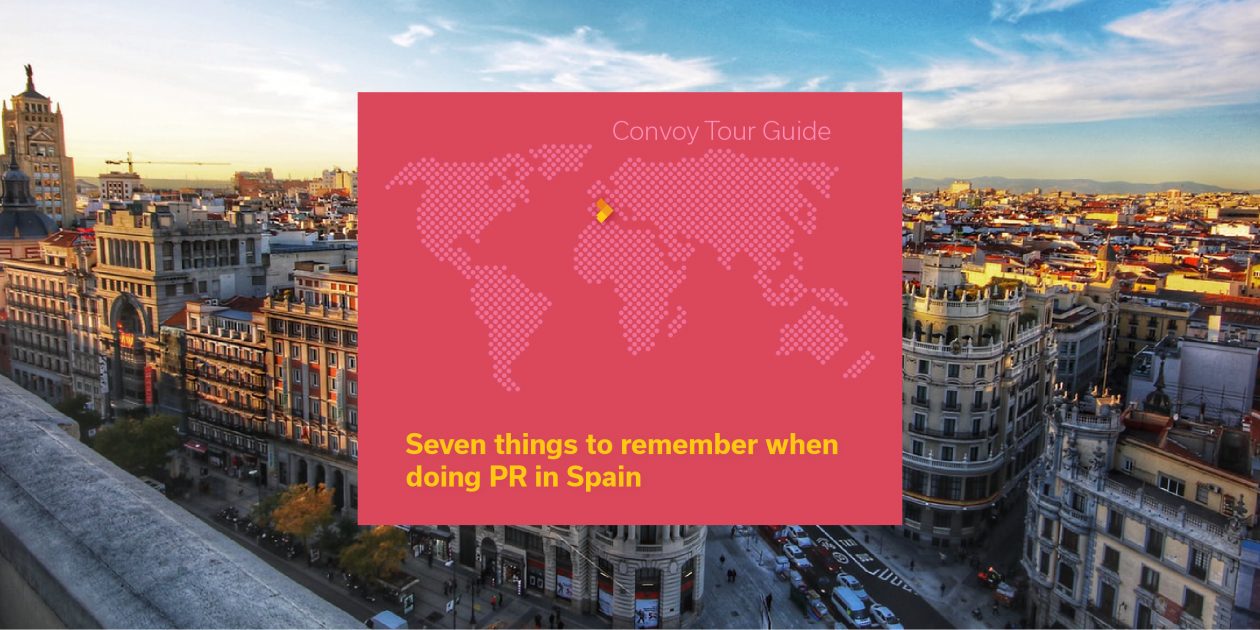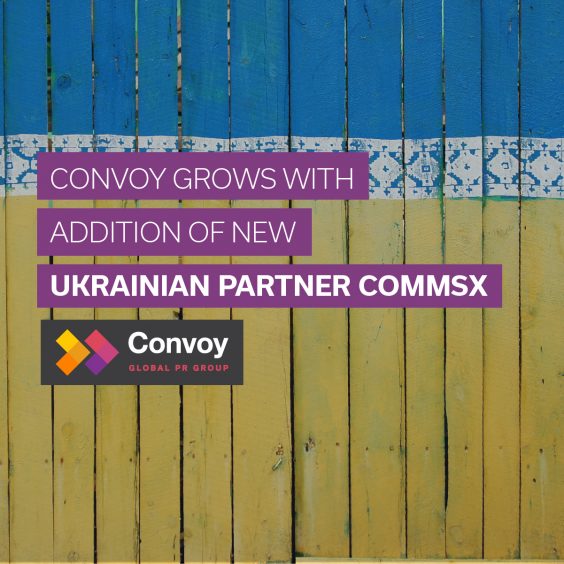The team at Canela PR – a local PR agency with more than 15 years of experience – offers some top tips for achieving success in Spain.
Despite being the fourth most populous EU country and the fourth largest economy in the region (14th in the world rankings), Spain is too often underprioritised by global companies in their marketing and communications strategies. It’s no surprise then, that many regional campaigns miss the mark!
If you’re a b2b tech brand looking to enter Spain, here’s what you need to remember to avoid repeating others’ PR missteps.
- Yes, we all speak Spanish, but there are more languages.
Spanish is the second most widely spoken language in the world by native speakers and the third most used on the Internet. Even though global Spanish speakers can understand each other perfectly, there are some key differences between countries. A translation from Argentina won’t work well in Spain, and vice versa.
In addition to Castilian (the official name of the Spanish spoken in Spain), many Spaniards have another language as their mother tongue – such as Catalan, Basque or Galician. These languages are recognised as co-official in their respective regions, which also have their own media and cultural industries.
Plus, it’s worth noting that unlike our neighbour Portugal, only one in five Spaniards has a good level of English. As such, having a Spanish-speaking spokesperson is a big plus.
- There’s more to Spain than bulls, flamenco and paella
In the 60s, when Francisco Franco’s dictatorship opened up to the world, Spain was very successful in exporting a romantic, colourful image based on sun, sea, parties, flamenco and bullfighting etc.
Although these cultural symbols are no doubt important, we do not like to be identified solely by them, since the reality of our country is much more diverse. From the humid and mountainous north to the immense plateaus of the interior and the warm, dry south – the culture, folklore, gastronomy, manners and traditions of Spain are a great mosaic.
- We prefer informal, face-to-face communication
Like other Mediterranean countries, the Spanish have a reputation for being joyful and emotional. We love to see each other face-to-face and enjoy in-person meetings. It’s not uncommon to talk business around a table over a few beers. These traits are also reflected in our communication style, which is based on clarity and transparency.
Except for very formal situations, we address both consumers and customers with the informal “you” form. In Spain, we tend to prefer using direct calls to action, and view the “exaggerated politeness” of languages like English as inauthentic and confusing!
- The media landscape is vibrant – but changing
As in many other countries, the rise of the Internet has caused a deep crisis in the traditional media. Both major national publications like El País or El Mundo and regional newspapers such as La Vanguardia are seeing a decline in their circulation. As such, they’re looking for new ways to remain relevant and stay profitable in the digital world. The latest change is the addition of paywalls by many publications – the jury is still out as to whether they’ll be effective.
Television and radio stations are also losing ground to content streaming platforms and podcasts. As such, hundreds of media outlets have closed, and thousands of journalists are now unemployed. In their place, we’re seeing a rise in the number of influencers, but few are professionalised, so reaching good communicators requires profound knowledge of the media landscape.
- We are addicted to our phones and instant messaging
Even though the penetration of digital media in Spain is among the lowest in Europe, we are a world leader in both smartphone use and fibre optic broadband coverage.
WhatsApp is Spain’s most widely used app, followed by YouTube. Meanwhile, our favourite social networks are Facebook and Instagram. We spend an average of two hours on social media, compared to the three that we spend watching television.
This statistic reveals the yawning chasm between young people, who are highly focused on digital channels and older adults, who stick stubbornly to conventional media. Depending on your target audience, a varied media mix is usually appropriate.
- We love e-commerce and delivery
For years, Spain has been one of the fastest growing markets for e-commerce, and the pandemic has only accelerated this. Almost half of Spaniards are regular Internet shoppers, even though physical stores continue to be the dominant shopping channel in all age groups and product categories.
Food delivery is also a booming industry in Spain. We order food at the same level as Brits and Americans, with about 45% of the population using these services. We’re also home to on-demand courier service Glovo – one of the unicorns of the Spanish Internet – which is valued at almost 2,000 million euros.
- We’re nothing if not loyal!
Spanish consumers are among the most loyal in the world. According to KPMG, 91% usually buy products from a specific brand and 85% stick to the same retailers. Fashion, food and beverages are the categories in which we show the highest brand loyalty.
That said, we are not very fond of loyalty programs – only 35% of consumers use them regularly. However, statistics show that 91% of Spaniards will recommend a brand to their friends and family if they’re happy with it.
To find out more about our PR or marketing services, or our global PR network Convoy, drop us a line at hello@rlyl.com or visit our contact page.




